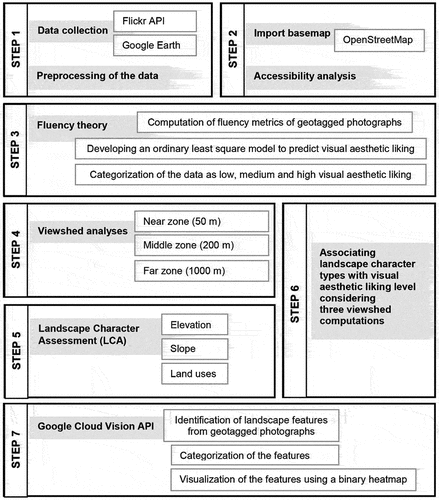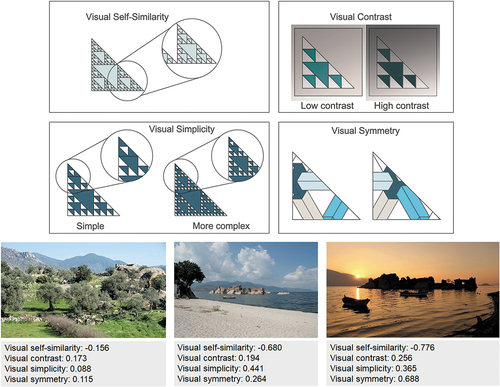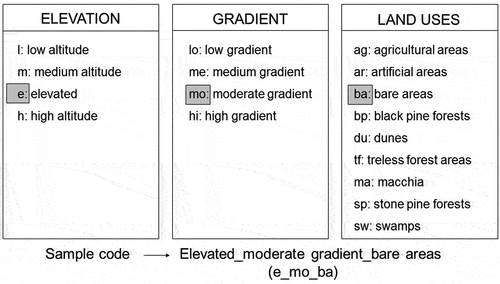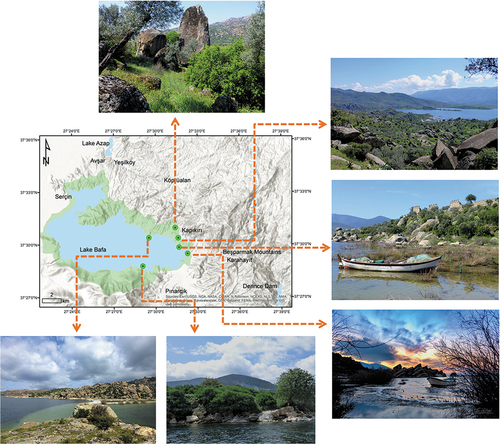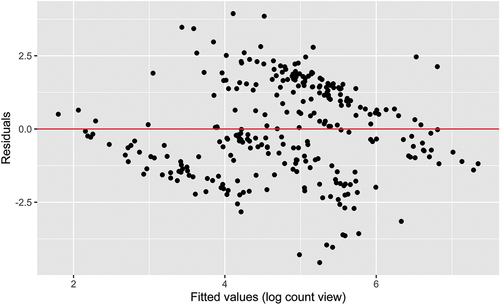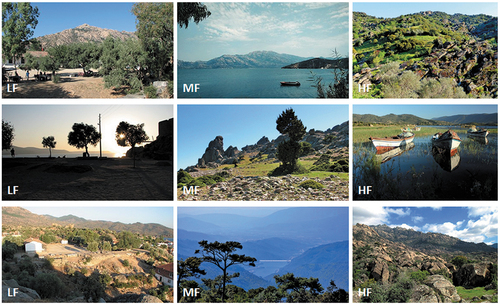Figures & data
Table 1. Materials used in the study.
Table 2. Classification of landscape features.
Figure 5. The spatial distribution of the geotagged photographs 2004–2020, types of road, and Euclidean distances.
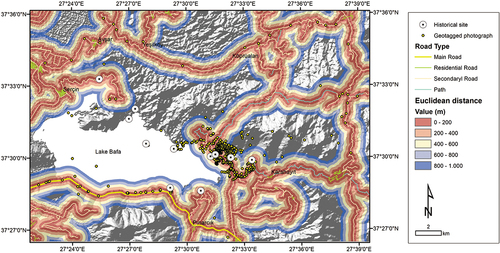
Table 3. Parameter estimates of the model (Std. Error: Standard error. Pr: probability. VIF: variance inflation factor. Time is the year the photograph was uploaded on Flickr.com. n = 284, + p < .10.* p < .05.** p < .01*** p < .001.).
Figure 6. Viewshed analyses based on geotagged photographs with low, medium, and high levels of fluency.
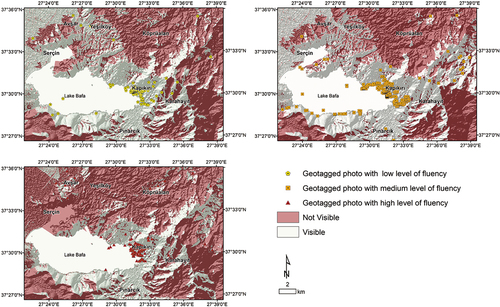
Figure 7. Spatial distribution of the types of landscape (l: low-altitude, m: medium-altitude, e: elevated, h: high-altitude, lo: low-gradient, me: medium-gradient, mo: moderate-gradient, hi: high-gradient, ag: agricultural areas, ar: artificial areas, ba: bare areas, bp: black pine forests, du: dunes, ft: treeless forest areas, ma: macchia, sp: stone pine forests, sw: swamps).
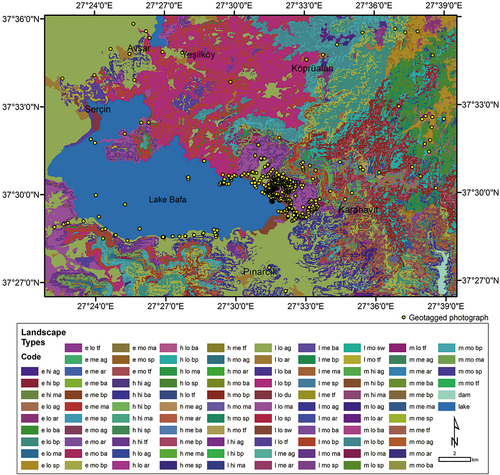
Table 4. Types of landscape by zone and level of visual aesthetic liking based on visibility analyses and unique landscape codes.
Figure 8. Binary heat map showing landscape features of geotagged photographs with high levels of fluency.
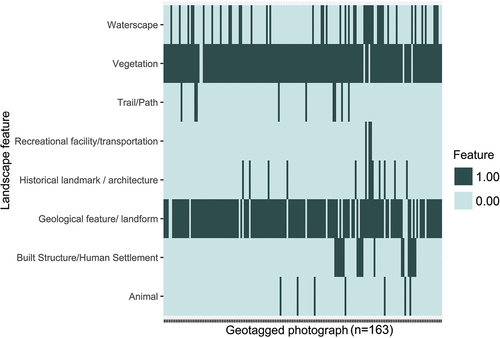
Data availability statement
There is no data related to this work.


